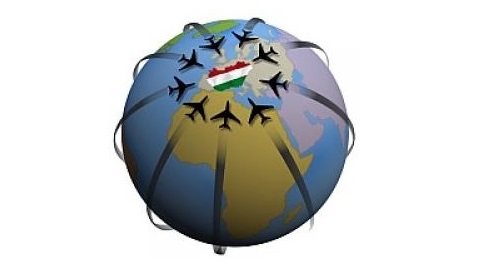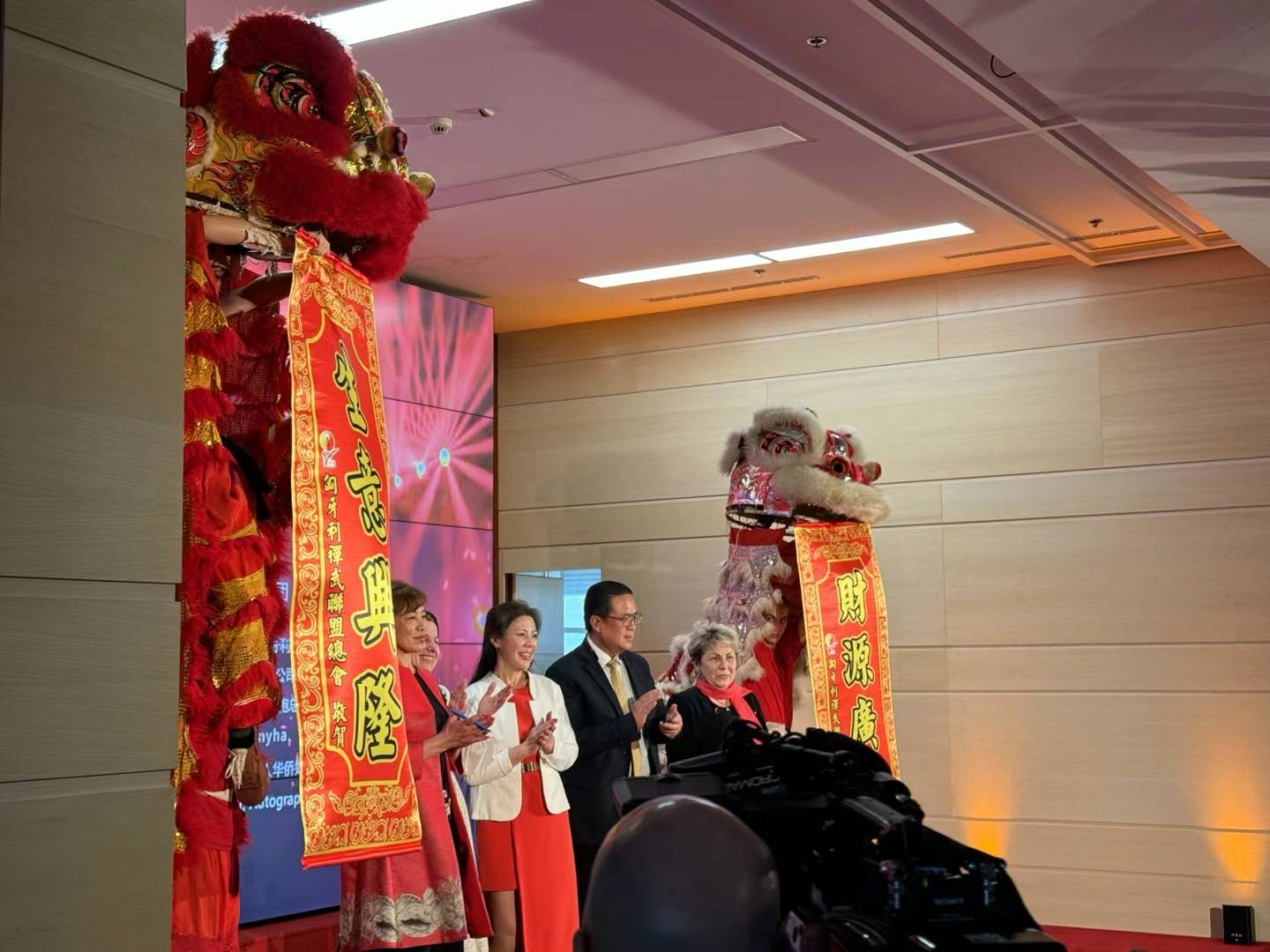Secret for MICE tourism: Compensate creatively

TOO SMALL
From the Budapest Business Journal print edition: Starting and driving a Trabant, especially for those raised on modern four-cylinder engines, is tricky. It can also be fun and unique, two criterion that don’t hurt when planning an incentive trip. On November 5, in teams of two, the employees of a fashion firm got into the vehicles and followed a route that took them through some of the major sights of Budapest. The winner of the non-conventional trip was the team that captured each attraction from the right angle and did not break any traffic rules.
The organizer, Hungary Events, a company that specializes in MICE (Meetings, Incentives, Conferences, Events) tourism, has created several such events for companies seeking fun and excitement. They started off as a firm organizing bachelor parties in 2005. Since then, they have widened the list and now arrange both leisure and incentive trips. In 2009, when the crisis reached them, the company stayed afloat thanks to leisure tourism.
Incentive trips have suffered much from corporate travel budget cuts. The reason they are still around is simple: with numerous other employee benefits omitted/cut, firms need to offer something to keep people motivated. So the trips have remained, but they have become shorter and closer to the firm’s office. Now 4- or even 3-star hotels will do for many. In return, programs should be unusual and memorable.
Motivation on a budget
Firms ordering incentive trips are inconsistent at bargaining prices, though. When planning, they set a very low budget but then often exceed it and spend on extras on the spot. Last November, Hungary Events organized a trip for 400 employees for a CEE fashion firm. The highlight of the program was when 150 people, dressed in black and white, holding neon umbrellas were performing a choreographed dance in front of St Peter’s Basilica. Hungary Events cut a short film of the dance, and also made one of the afterparty.
“Initially, the management didn’t want to pay for the second video, so we gave them a small resolution version for free,” explained Adél Honti, the firm’s managing director and certified incentive specialist. “Having watched it, they asked for a version they could use for marketing purposes.”
The recession has further intensified the search for the best value for money. “Many firms try to avoid destination management companies (DMCs) and arrange trips themselves,” said Péter Jávorkai, managing director of Premium Incoming, an international DMC and inbound tour operator group specializing in Central and Eastern Europe and Spain.
This has caused several DMC/incentive organizing companies to close down for good. Consolidation is ongoing; the market in Hungary and elsewhere has seen the merger of many significant players. Currently there may be 20-25 significant DMC firms recognized by the Hungarian Incoming Professionals’ Association (HIPA), of which roughly 15 are specialized in incentive tourism. The future is safer for firms with a combined portfolio of leisure and MICE, for at least partly foreign-owned agencies, and for chains.
Ups and downs
How well this segment performs is hard to assess. Certain markets experience skyrocketing revenues following a bad spell, only to see them sinking again. Though there is seasonality in inbound travel, Premium Incoming says it has not experienced any downturns. The Hungarian office has produced a two-digit increase in the past four to five years, with earnings reaching HUF 0.5 billion last year. The firm’s caters to groups from Northern Europe, Spain, Latin America and English-speaking territories. Many of their clients arrive to try culture and 19th century events: a lavish dinner in the Szabó Ervin Central Library, a visit to the Gödöllő Palace, the residence of one of Hungary’s favorite queens, Sisi, or horse carriage tours.
Since 2010, Hungary Events has seen a 66% increase in the number of proposal requests. Of these, 40% usually end in actual assignments. “Before the crisis, groups arrived mostly from the West. Today CEE firms and Polish tourists groups are on the rise,” Honti said. The firm also noted a shift in industries: earlier carmakers and banks constituted most of their clients, now IT and fashion has taken over; most come via intermediaries, agencies that are in contact with clients.
With similarly nice scenery, what makes Budapest the chosen destination with competitors such as Vienna, Prague, Warsaw or more recently Bucharest and Zagreb? Compared to its counterparts, value-to-price ratio is one of the mayor assets of the Hungarian capital. According to the calculations of Magyar Turizmus Zrt, €1 spent on certain services in Vienna is worth €2 in Budapest. As for Prague, guest reviews suggest that hotel rates, basic- and medium-level services and catering are of a better quality in Hungary.
Another big draw for Budapest is that its uniqueness hasn’t faded yet, Jávorkai believes. (This is also partially due, he says, to the fact that the city is 10-15 years behind in tourism development terms). “As a result, many groups that used to go to Prague, a few years later come to Budapest,” Jávorkai adds.
In progress
In a study undertaken in 2007, the latest available in the sector, travel agencies cited undeveloped areas like river cruising or more quality accommodation that could improve Budapest’s position. Since then, river cruising has progressed: operators expanded their fleet with more spacious ships offering quality services at very competitive prices. Newly built 4-5-star hotels have also attracted more groups.
Yet the demise of national airline Malév left a space no low-cost carriers have been able to fill. Also, the lack of a 1,000 plus person conference center means other cities from the region often win large groups that might otherwise have gone to Budapest.
Though there is room for development, Budapest’s reputation as an incentive destination has much improved in the past years. Trabant rallies and Sisi may have little to do with the Budapest of today, yet they are an edge the country has over its regional peers. As one expat put it, “first, people come because of the price, but they return because they are astonished by what the city has to offer.”
SUPPORT THE BUDAPEST BUSINESS JOURNAL
Producing journalism that is worthy of the name is a costly business. For 27 years, the publishers, editors and reporters of the Budapest Business Journal have striven to bring you business news that works, information that you can trust, that is factual, accurate and presented without fear or favor.
Newspaper organizations across the globe have struggled to find a business model that allows them to continue to excel, without compromising their ability to perform. Most recently, some have experimented with the idea of involving their most important stakeholders, their readers.
We would like to offer that same opportunity to our readers. We would like to invite you to help us deliver the quality business journalism you require. Hit our Support the BBJ button and you can choose the how much and how often you send us your contributions.






.png)


